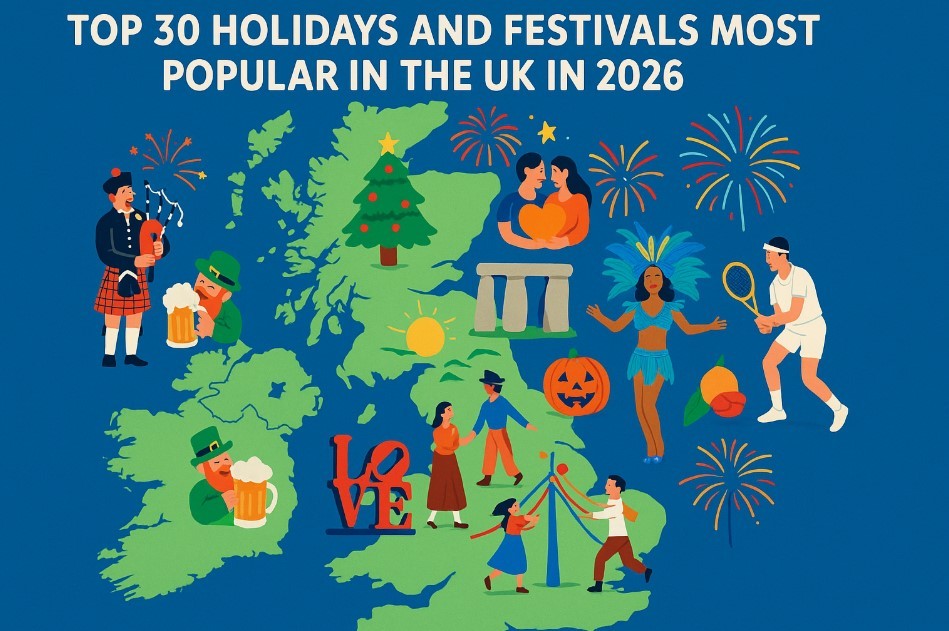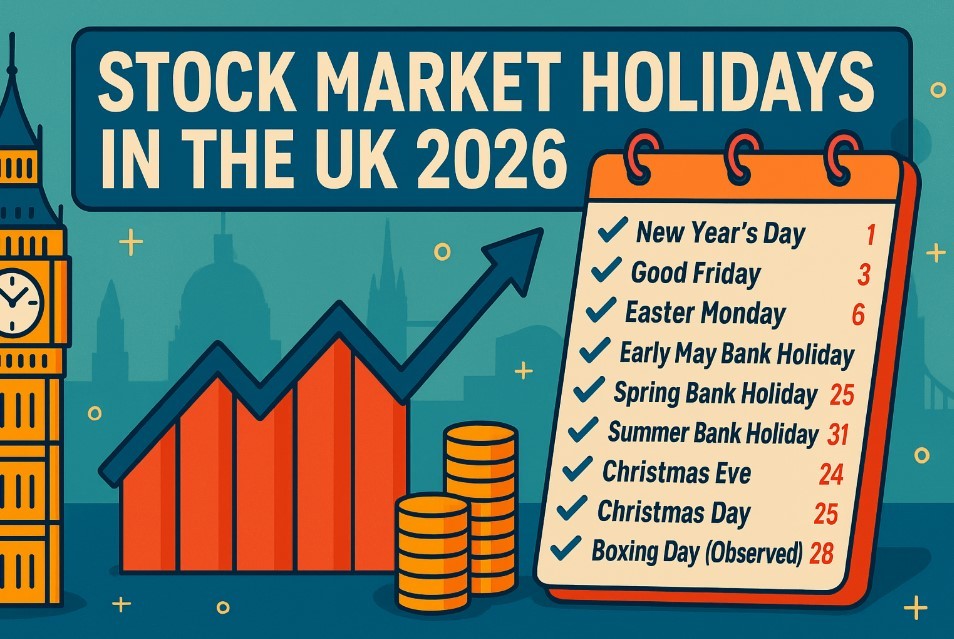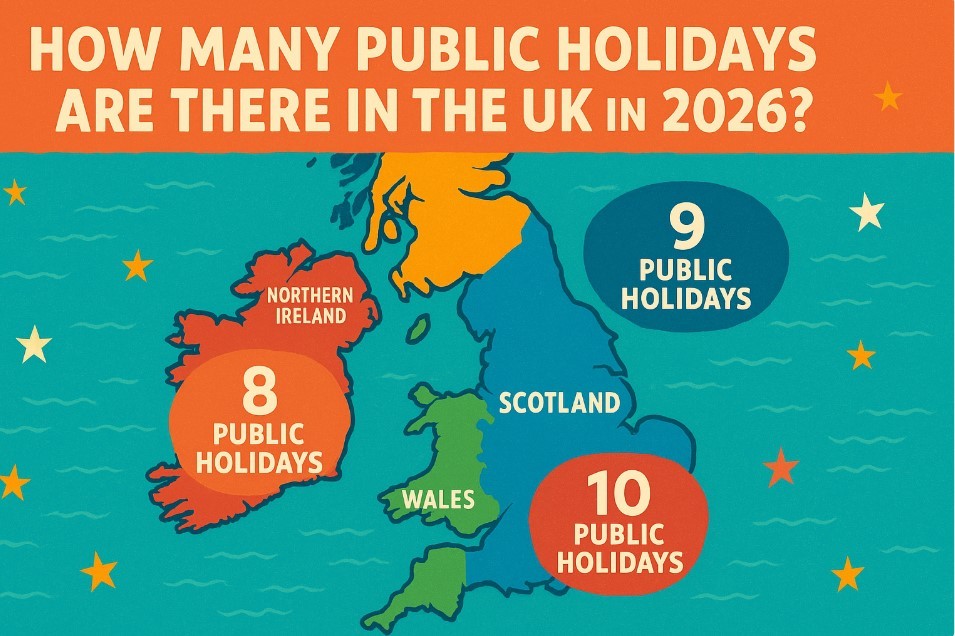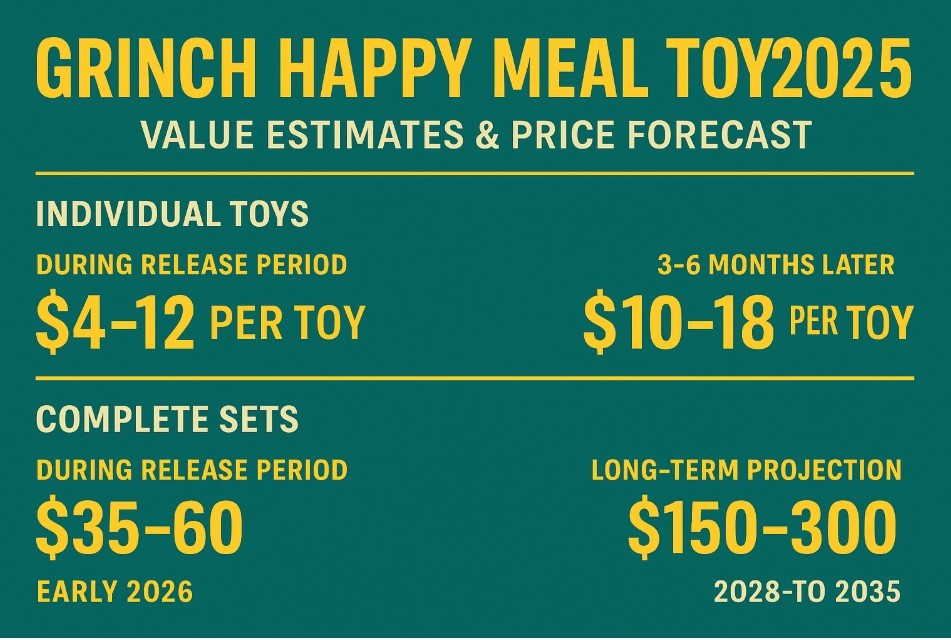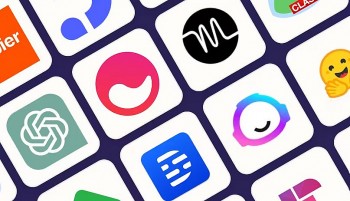The Longevity Economy: How Americans Over 50 Are Funding the Future of Anti-Aging Science
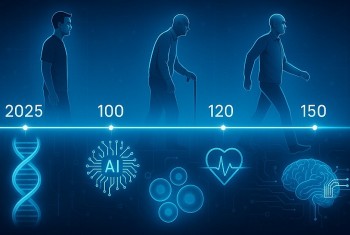 Can China Extend Human Lifespan to 150 Years? Can China Extend Human Lifespan to 150 Years? |
 The Longevity Divide: Will Only the Rich Live to 120? The Longevity Divide: Will Only the Rich Live to 120? |
 |
| How are Americans over 50 investing in anti-aging? |
In the cultural imagination, the tech industry’s pursuit of radical life extension is often portrayed as a playground for young engineers and eccentric billionaires. But behind the scenes, the real engine of the longevity revolution may be a very different demographic: Americans over the age of 50.
Far from being passive patients in the healthcare system, this generation—especially Baby Boomers and early Gen Xers—is emerging as a driving force in the anti-aging economy. They are not only the largest consumer base for longevity services but also increasingly the investors, donors, political backers, and early adopters fueling the most ambitious efforts in the space.
This article explores how Americans over 50 are transforming the future of aging: through capital, influence, and personal conviction.
The Longevity Economy: Big Numbers, Big Impact
According to AARP, the "50-plus" economy in the United States was worth over $9 trillion in 2023. That figure includes healthcare, housing, financial services, travel, and increasingly, personalized health and longevity services.
This age group controls over 70% of disposable income in the U.S. and accounts for nearly 50% of all consumer spending. But what’s more significant is how they are spending that money: increasingly toward proactive, self-directed longevity strategies rather than reactive, illness-based care.
They are:
-
Signing up for annual full-body MRIs
-
Tracking sleep, biomarkers, and heart rate variability
-
Experimenting with off-label metformin or rapamycin
-
Seeking concierge medical services that promise age-optimization, not just disease management
This shift is not just about healthspan—it’s a mindset: not waiting to get old, but actively engineering a longer, stronger life.
From Patients to Investors: Follow the Money
More than just consumers, Americans over 50 are increasingly becoming investors in longevity science.
Angel Investors and Biotech Enthusiasts
Thousands of older Americans are now participating in angel investment platforms and biotech VC funds that focus on age-related innovation. Many have backgrounds in medicine, finance, or tech and are betting on breakthroughs not just for profit, but for personal relevance.
For example:
-
Longevity Vision Fund, backed by Sergey Young, includes high-net-worth individuals over 50 who are eager to fund gene therapy, AI diagnostics, and cell regeneration.
-
Juvenescence, a UK-based longevity biotech company with U.S. ties, has raised funding rounds that include multiple private investors aged 50+.
Family Offices Get Involved
Multi-generational wealth holders are allocating parts of their portfolios to longevity-focused startups, viewing them as both high-growth and high-impact sectors. They’re putting money into:
-
Altos Labs (cellular reprogramming)
-
Calico (biological aging R&D)
-
Oisin Biotechnologies (senolytic gene therapy)
For many, the motivation is personal: they want to be the first generation to benefit from these innovations.
Tech-Savvy and Health-Hungry: The New Over-50 Mindset
The stereotype of technophobic, change-averse seniors is rapidly becoming outdated. Today’s 50+ adults are:
-
Comfortable using wearables and health tech
-
Early adopters of nutrition tracking, sleep apps, and genetic testing
-
Willing to pay for concierge services like Fountain Life or Human Longevity Inc., which offer executive-level health screening and longevity plans
Case in Point: Fountain Life
Founded by Tony Robbins and Peter Diamandis, Fountain Life targets high-net-worth clients—many of them over 50—offering cutting-edge diagnostics, predictive AI modeling, and preventative treatments. Services include:
-
Multi-organ MRI
-
Full genome sequencing
-
Blood and biomarker screening
-
Annual "health navigation" plans that adapt with your biological data
Memberships can cost $25,000 or more annually. Yet demand is strong and growing, especially in cities like Naples, FL and Dallas, TX.
Political Clout and Policy Pressure
In addition to money and mindset, Americans over 50 bring something else: political influence. As one of the most active voting blocs, older Americans have the power to push aging and longevity onto the national health agenda.
Already, advocacy groups are lobbying for:
-
Recognizing aging as a treatable medical condition
-
Expanding Medicare coverage to include longevity-focused diagnostics
-
Increased NIH funding for geroscience and healthy aging
Organizations like Aging 2.0, Alliance for Longevity Initiatives, and Life Extension Advocacy Foundation are channeling this demographic's political weight into serious structural change.
The Baby Boomer Psychology: Why They’re All-In
Why is this generation so invested—financially, emotionally, politically—in longevity?
-
They are the first to experience longer lives thanks to 20th-century medicine.
-
They are more educated and affluent than previous generations.
-
They reject the narrative of decline and see aging as modifiable.
-
They have access to technology and financial products their parents never did.
Put simply: Boomers don’t want to retire quietly. They want to live energetically, travel, work, and maintain cognitive clarity well into their 90s and beyond.
Anti-Aging as a Personal Portfolio
We are now seeing older individuals take a portfolio approach to personal longevity:
-
Healthspan assets: Exercise, nutrition, supplements, mindfulness
-
Medical assets: Concierge medicine, early diagnostics, preventive treatments
-
Scientific exposure: Investments in biotech, access to clinical trials
-
Digital tracking: Biometrics, wearable data, AI dashboards
This is not wellness culture. It’s longevity strategy. And it’s being driven by people who want to live long enough to benefit from the next wave of breakthroughs.
Startups Watching the Over-50 Market Closely
It’s no surprise that Silicon Valley and biotech hubs are paying close attention.
Startups are now designing:
-
Personalized nutrition platforms targeting metabolic slowdown
-
Senolytic drugs aimed at mobility and inflammation in aging bodies
-
Brain-boosting protocols for cognitive preservation
-
Digital platforms that integrate medical records, genomic data, and real-time biometrics for older users
Companies like Elysium Health, Neurotrack, Prenuvo, and Loyal are designing products specifically for the 50+ demographic.
The real innovation is not just in lab results—it’s in building trust and usability for this high-value, high-urgency customer base.
What Comes Next: A New Longevity Paradigm
As Americans over 50 continue to live longer, work longer, and invest smarter, they are shaping the future of aging in real time. What was once a science fiction fantasy—targeting aging itself—is now a legitimate industry with clinical trials, institutional capital, and bipartisan interest.
The longevity economy is no longer about treating diseases of old age. It’s about reprogramming aging itself. And the people funding this transformation are not just tech billionaires—they’re your neighbors, your mentors, your parents.
They’re betting that they can not only add years to life, but life to those years.
FAQs
Why are people over 50 so invested in longevity science?
Because they stand to benefit the most from breakthroughs—not just by living longer, but by staying healthier, more independent, and mentally sharp in later life.
Are longevity services only for the wealthy?
Today, many concierge services are expensive, but the hope is that innovations will trickle down, just like smartphones and genetic testing did.
What are some reputable longevity companies targeting older adults?
Examples include Fountain Life, Human Longevity Inc., Elysium Health, Prenuvo, and Neurotrack.
Can average retirees invest in longevity tech?
Yes. Through biotech ETFs, crowdfunding platforms, or even angel investor syndicates focused on health innovation.
Is longevity science medically proven yet?
Some interventions (like caloric restriction, senolytics, and blood biomarkers) show strong early results, but much of the cutting-edge work is still in clinical trial phases.
 Ranking the Longevity of 12 Zodiac Signs - Who is Forever Young? Ranking the Longevity of 12 Zodiac Signs - Who is Forever Young? When looking at the ranking of 12 zodiac signs of longevity, you will realize that no one is naturally beautiful, it is the result of ... |
 Top 10 Best Magic Foods That Can Help You Live Longer Top 10 Best Magic Foods That Can Help You Live Longer Eating and diets can play important roles in your healthy life and longevity. |
 10 Longevity Secrets of the Japanese People 10 Longevity Secrets of the Japanese People Why do the Japanese have the world's longest life expectancy? The Japanese live long lives because of their healthy eating habits, which include eating fish, ... |
 Top 5 Superfoods for Japanese People to Live Longer Top 5 Superfoods for Japanese People to Live Longer A lot of Japanese foods are regarded as superfoods because of their rich nutritional content and subtle flavor. |
 The Facial Features Reveal Your Short Lifespan or Longevity, According to Physiognomy/Science The Facial Features Reveal Your Short Lifespan or Longevity, According to Physiognomy/Science After centuries of research, Eastern physiognomists have identified the facial characteristics of both long- and short-lived people. |
 Who is Ethel Caterham? The Extraordinary Life of the World’s Oldest Living Person Who is Ethel Caterham? The Extraordinary Life of the World’s Oldest Living Person As of May 2025, Ethel Caterham is officially recognized as the oldest living person in the world, a title awarded by longevity database LongeviQuest. At ... |

